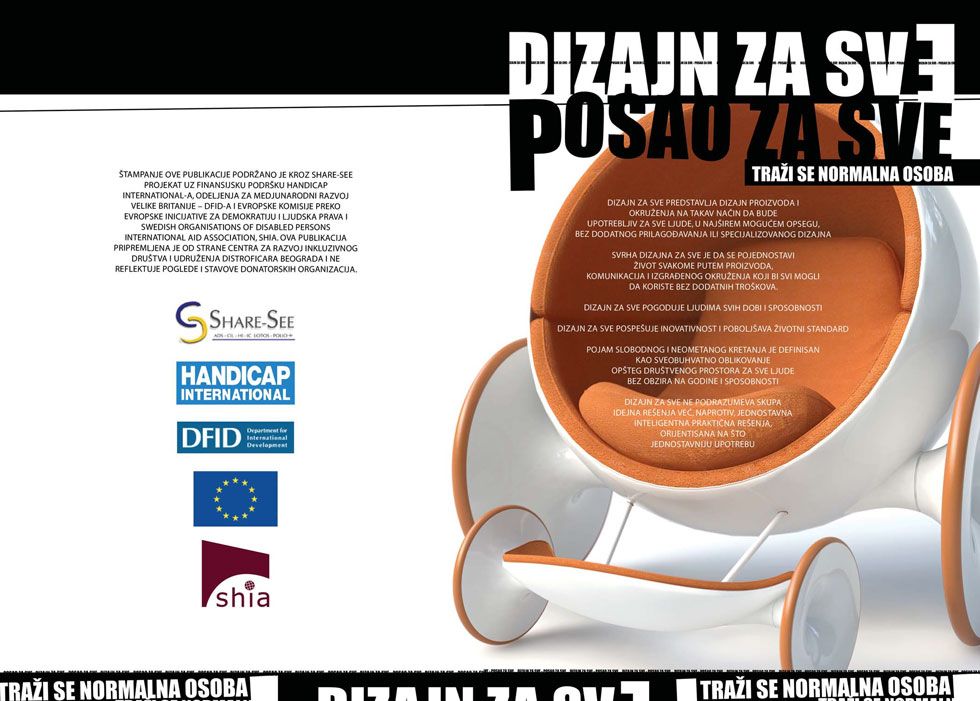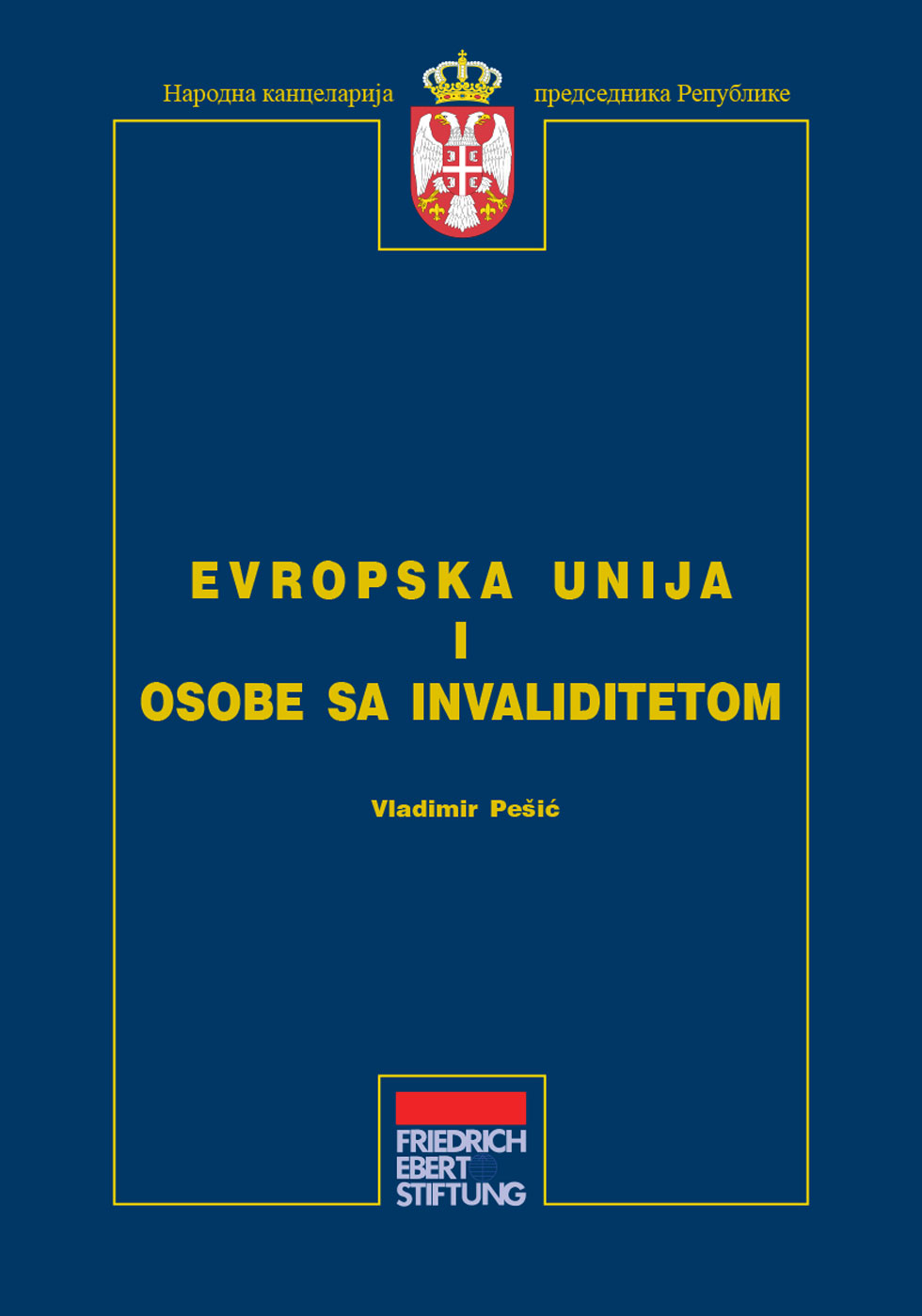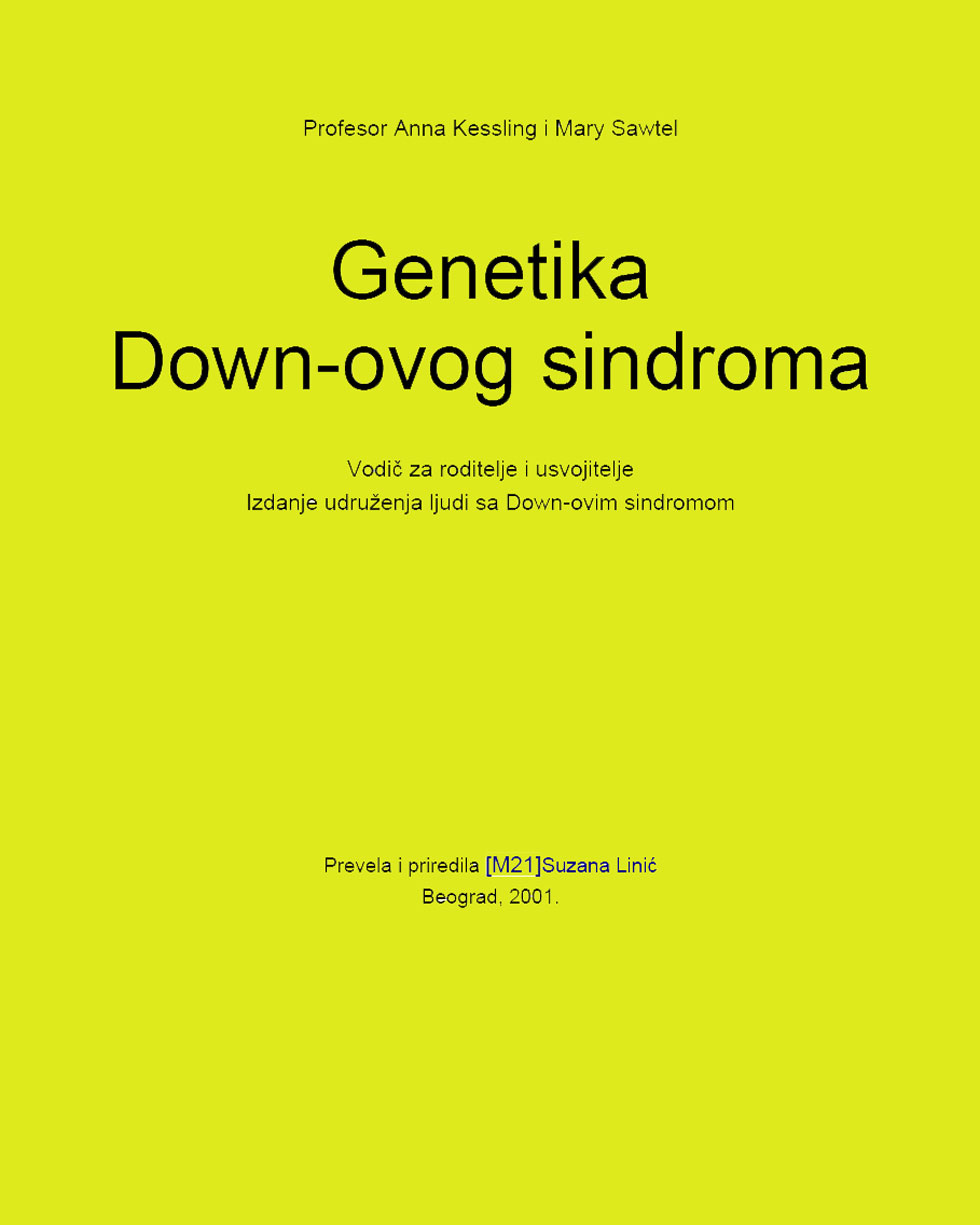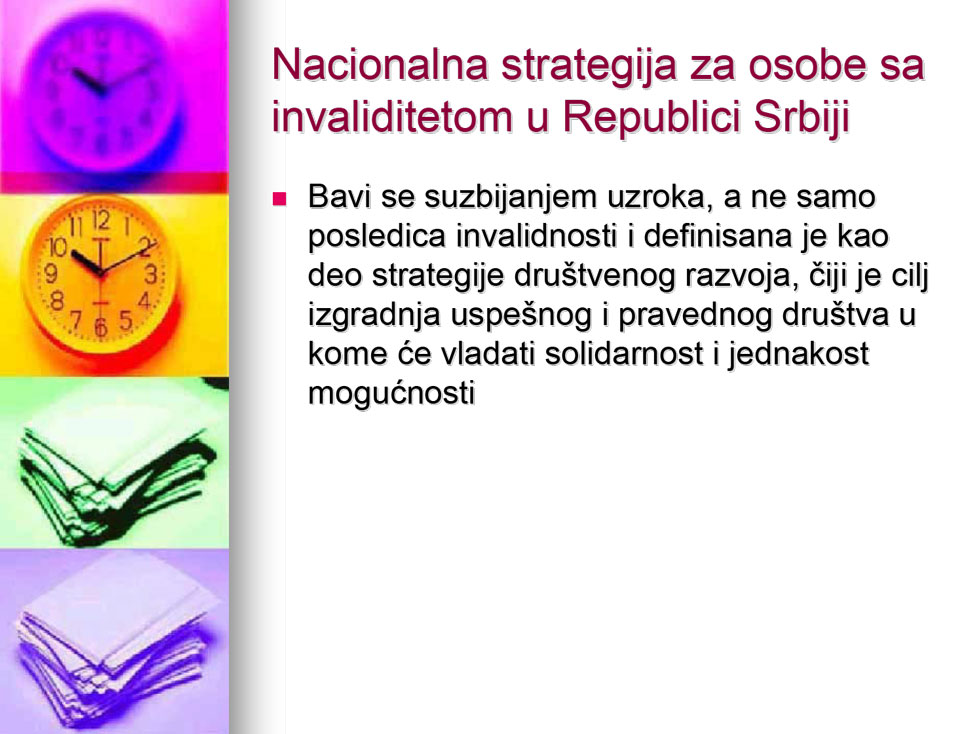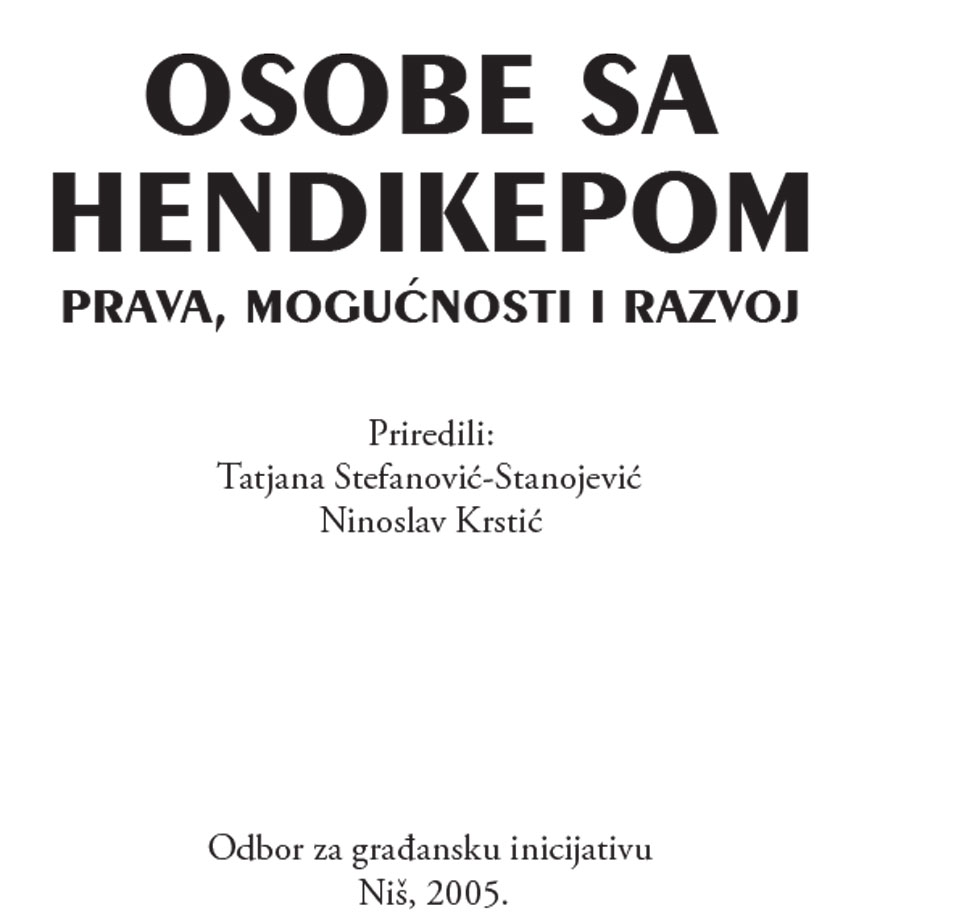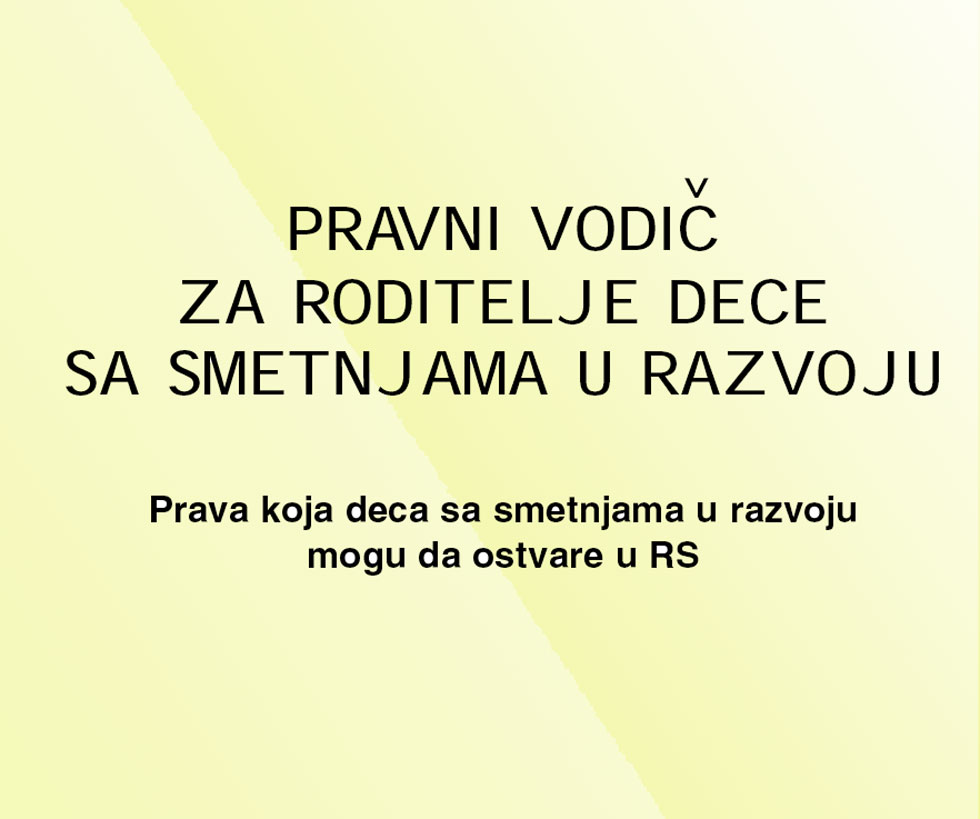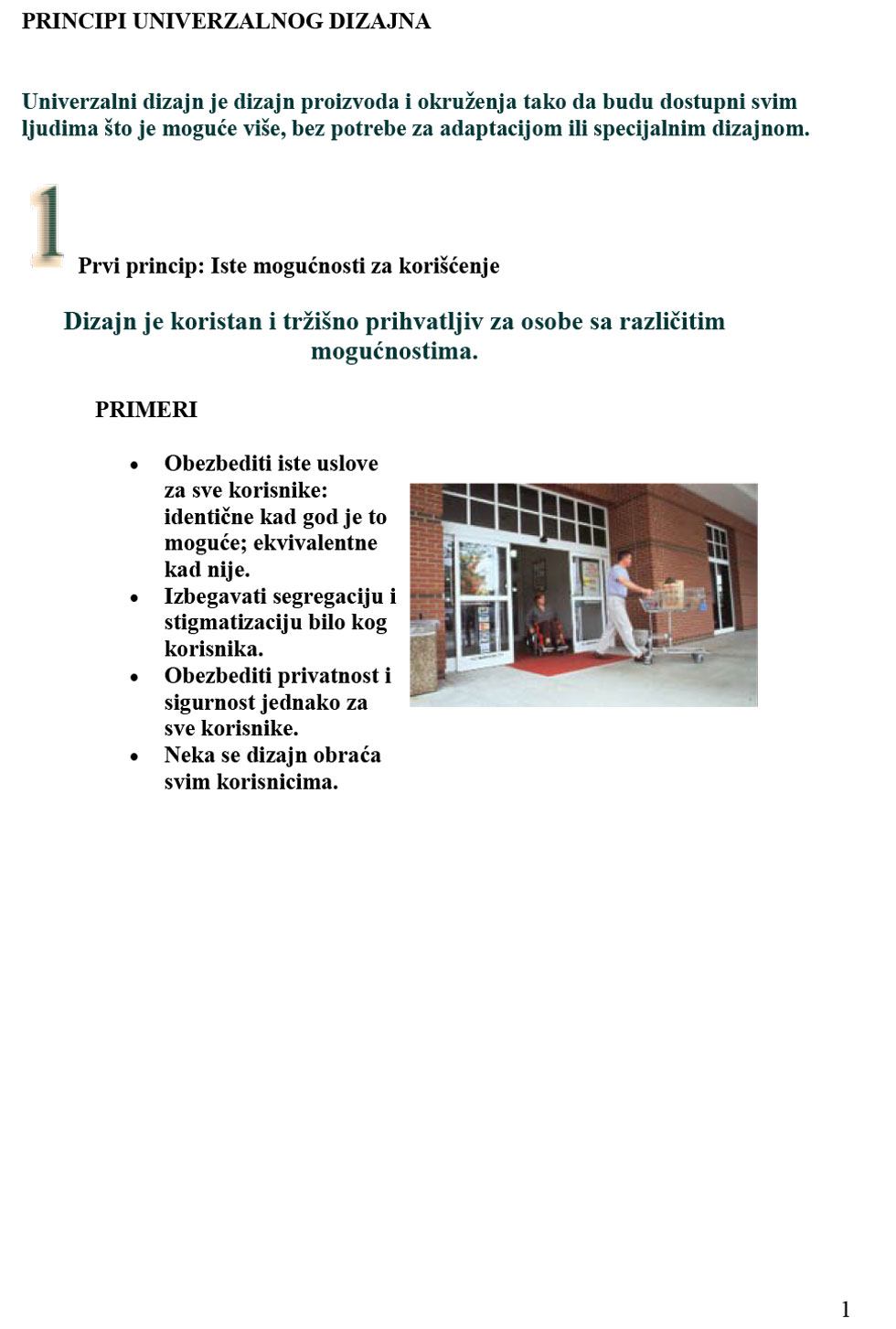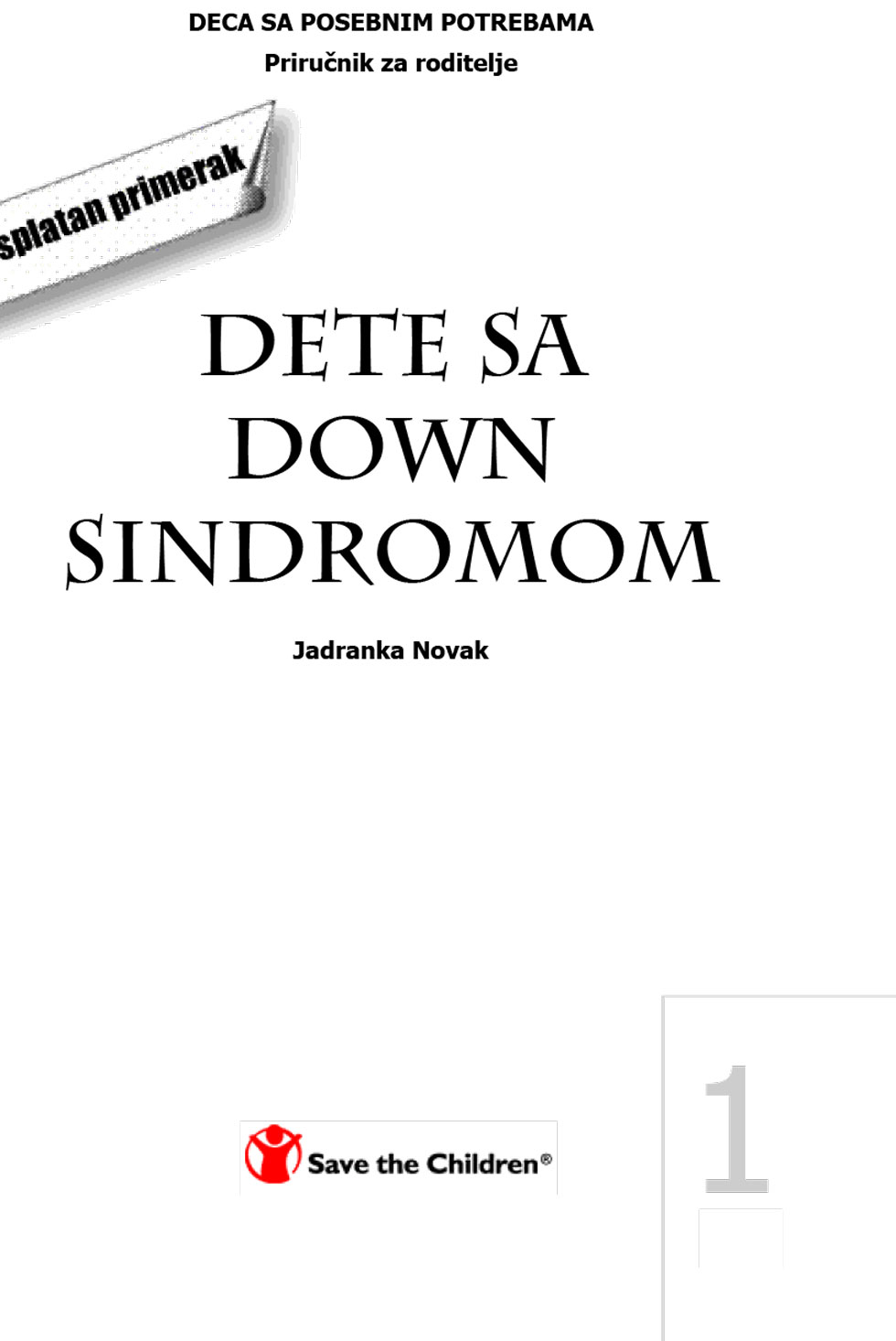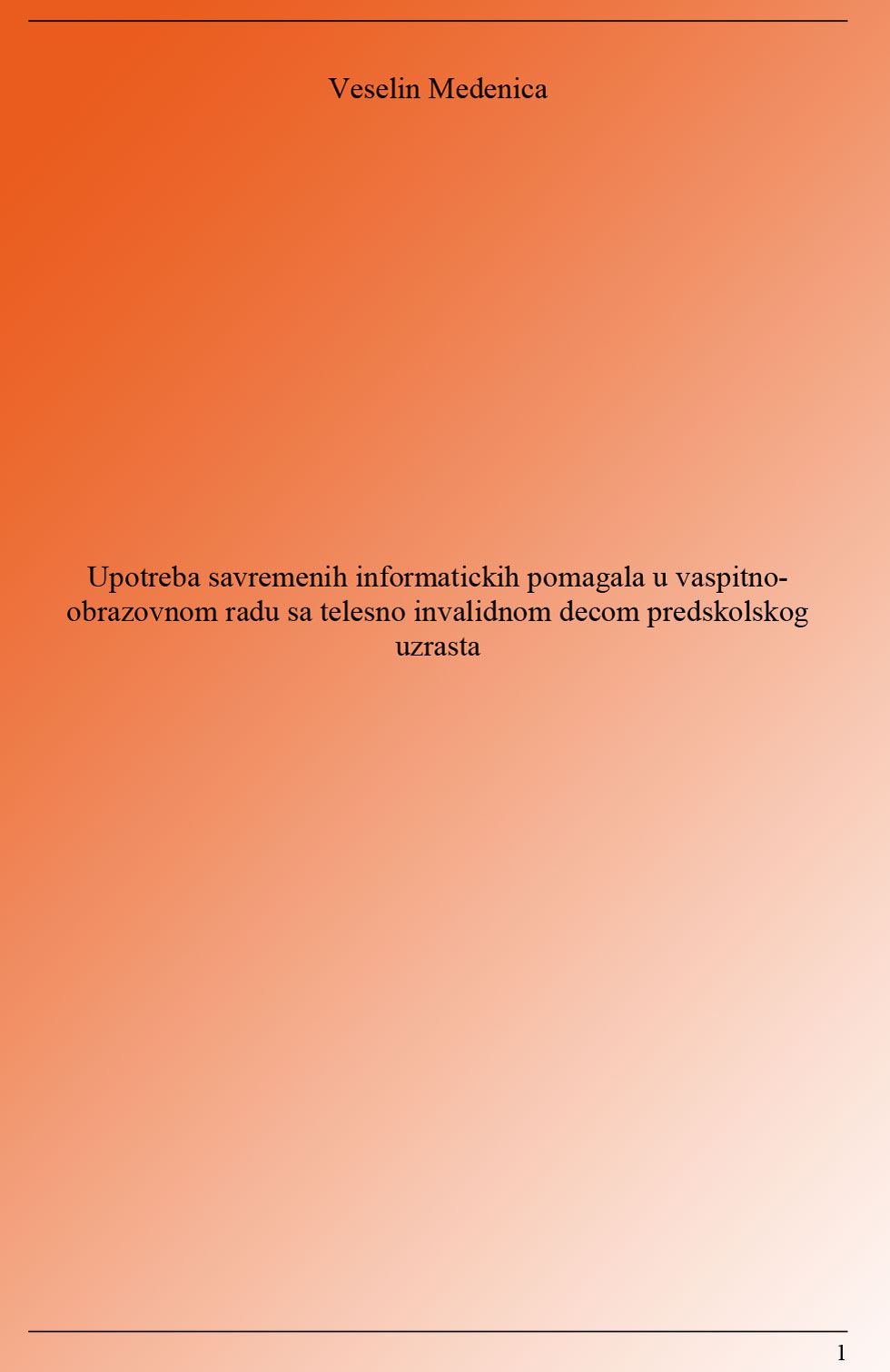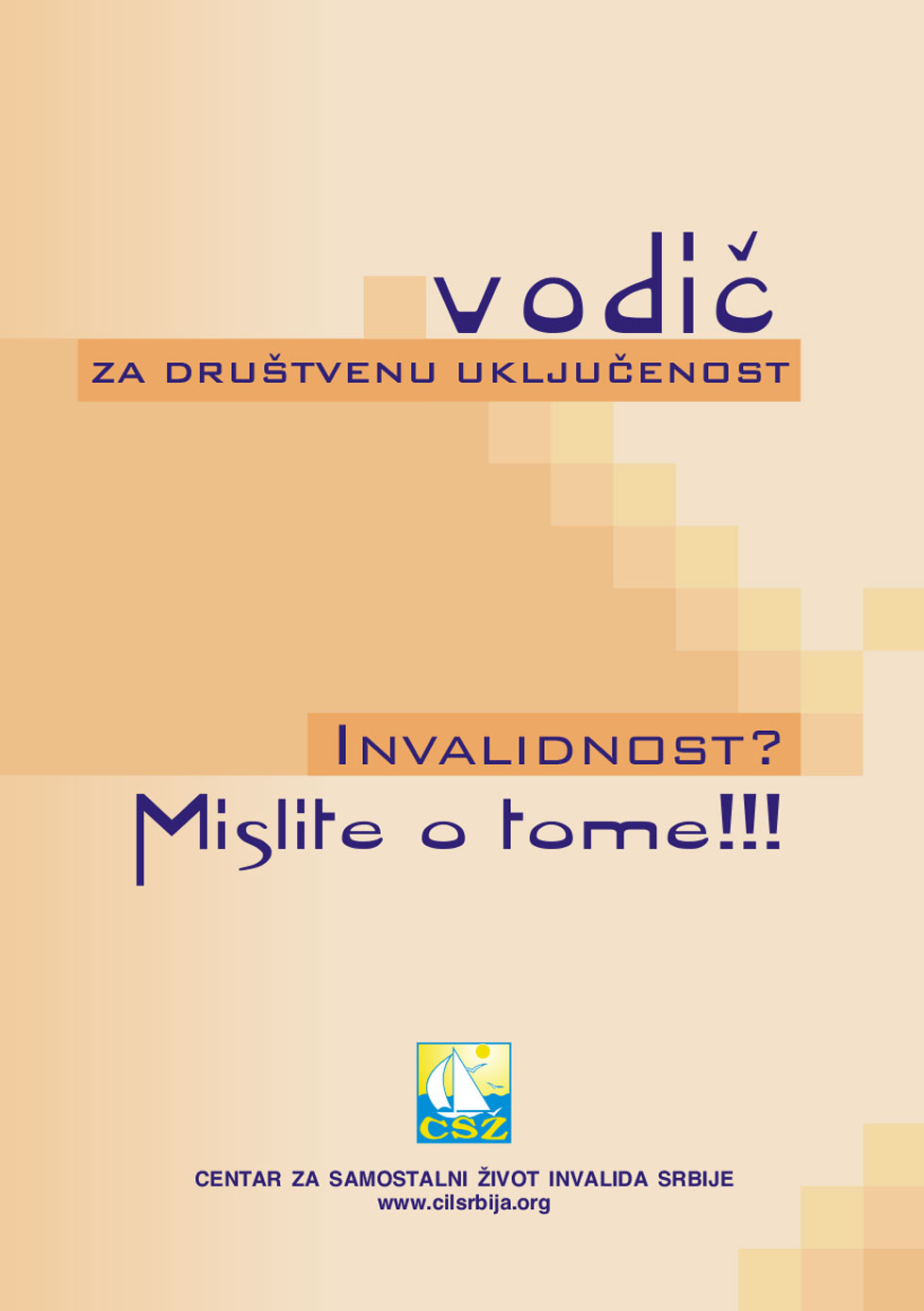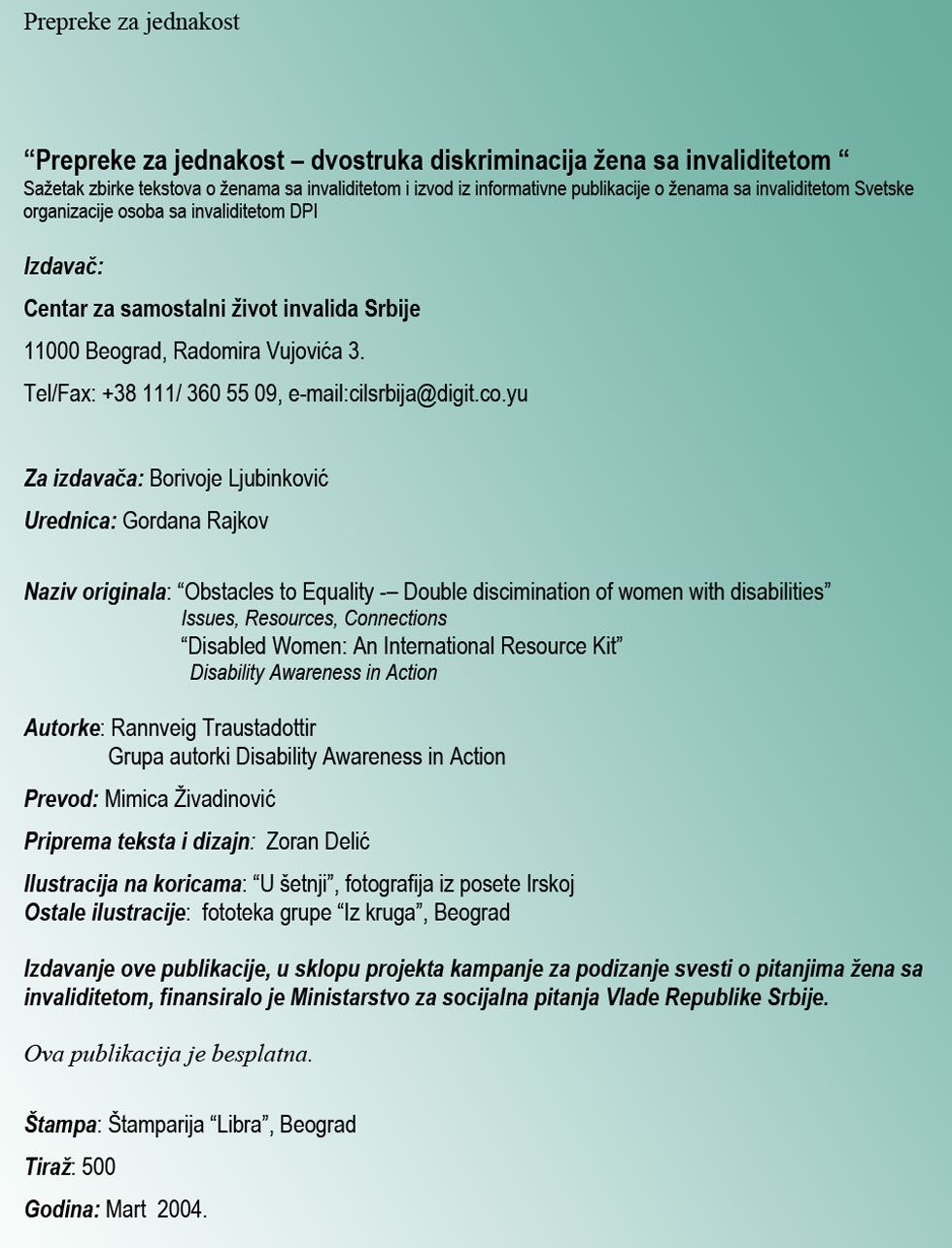According to the so-called official science:
Poliomyelitis (lat. poliomyelitis) is an infectious disease that is transmitted through the oral-fecal route, most often affecting children between the ages of 3 and 8, while it occurs much less often in adults, but leaves more serious consequences. Although the poliomyelitis virus (which causes polio) in 90-95% of cases does not cause any symptoms, if it penetrates the nervous system (when the so-called aseptic meningitis occurs) it can lead to the destruction of motor neurons, muscle weakness and paralysis.
Official statistics show that in half of those who experience paralysis within a month (6 to 8 months at the latest), all functions return to the state they were in before the onset of the disease, in ¼ to a partial recovery, while as many as 25% of people leave this disease permanently. reduced motor functions, which can be accompanied by visual and hearing impairments, as well as difficulties in speaking, breathing and swallowing.
Depending on the consequences it leaves on the daily functioning of the affected person, poliomyelitis can be divided into three basic types:
Spinal (79%)- Causes weakness or paralysis of one or two limbs, leaving no consequences on speech, breathing and functioning of sensory systems
Bulbar (2%)-Leaves consequences on the functions of breathing, speech and swallowing
Spinal-bulbar (19%) - represents a combination of the previous two - leaving consequences on the functioning of the extremities, speech, swallowing and breathing
Thanks to Jonas Salk, who discovered the vaccine against polio in 1952, and Albert Sabin, who found a way to use it orally in 1955, today the number of people suffering from polio has significantly decreased in the world. Timely vaccination is the best way to prevent polio, while early rehabilitation can achieve significant results in children who have already suffered from the poliomyelitis virus.
With mass vaccination, cases of poliomyelitis (polio) have been dramatically reduced in the developed world. In 1988, the World Health Organization and UNICEF started a campaign to eradicate this disease. In 1988, 350,000 cases of polio were registered worldwide, which was reduced to 1,310 cases in 2007. The Americas was declared a polio-free continent in 1994. In 2000, polio was confirmed to have been eradicated in China, Australia and 36 Pacific countries. In Europe it happened in 2002. As of 2006, cases of poliomyelitis (polio) have been recorded in only 4 countries: Nigeria, India, Pakistan and Afghanistan.







